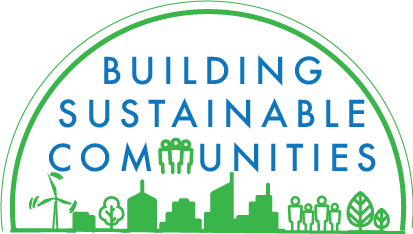Cities in Africa are growing at unprecedented speeds. In Kenya, about 12 million of the country’s over 40 million people live in urban areas today. However, a child born in 2017 will see Kenya’s urban population double to 24 million by 2035 and more than triple to 40 million by 2050. A World Bank report titled “Kenya Urbanization Review” projects that by that time, about half of Kenyans will be living in cities, and Kenya’s urban population will be nearly as large as the country’s entire population today. Kenya’s urban transition has begun .
Despite many advantages including an ambitious program for devolution, the challenges for a smooth urbanization process remain multifaceted for Kenya:
- Access to services remains low;
- Informality of human settlements and jobs predominate; and
- Poorly functioning land markets make investing in housing and infrastructure expensive and inefficient.
The Kenya Urbanization Review points to some policy recommendations that can help Kenya ensure the smoothest transition possible during its ongoing urbanization process.
In this video, Senior Director Ede Ijjasz-Vasquez weighs in on Kenya’s urbanization challenges, focusing on urban finance, land and planning institutions, and urban governance, as he discusses the main messages of the Kenya Urbanization Review.
Video: Courtesy of Arimus Media
Related links:
- Publication: Kenya Urbanization Review
- Publication: Africa’s Cities: Opening Doors to the World
- Blog post: What will Kenya’s urban future look like for newborns James and Maureen?
- Op-Eds:
- Why should Kenyans care about urbanization?
- How limited connections are frustrating Nairobi job seekers
- Basic services remain a challenge in rapidly urbanizing Kenya
- Affordable housing key to quality lifestyle for urban Kenyans
- Kenyan houses are unreasonably expensive
- How Kenya can stop mounting building catastrophes
- Publication series: Urbanization Reviews




Join the Conversation